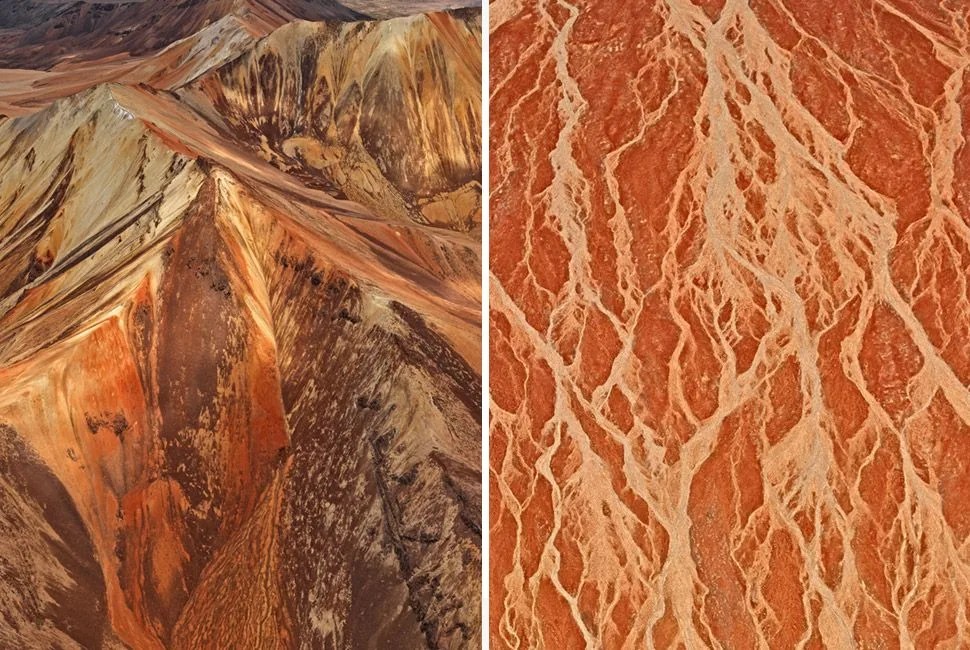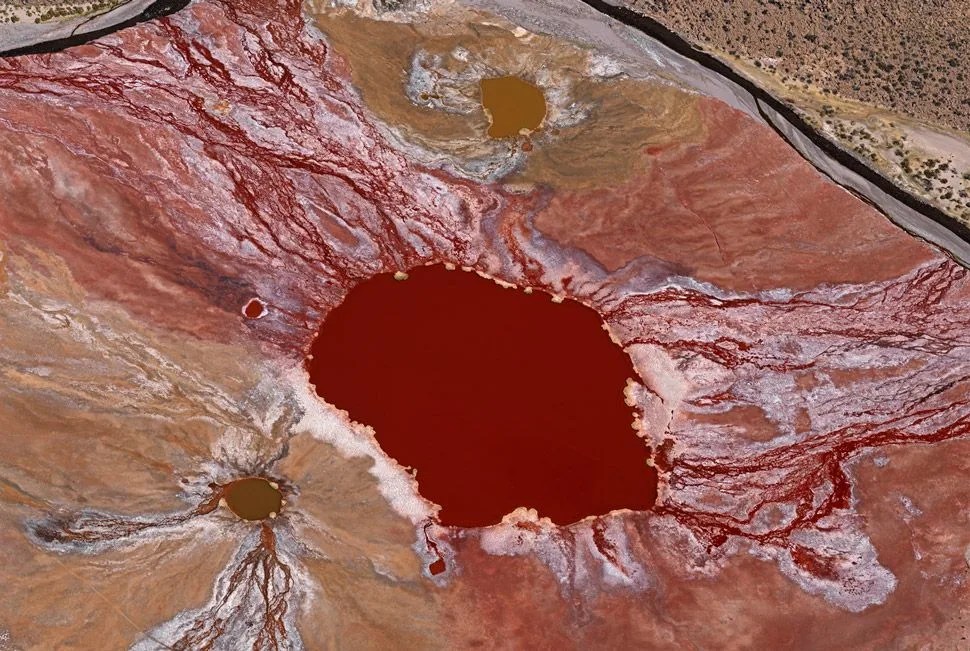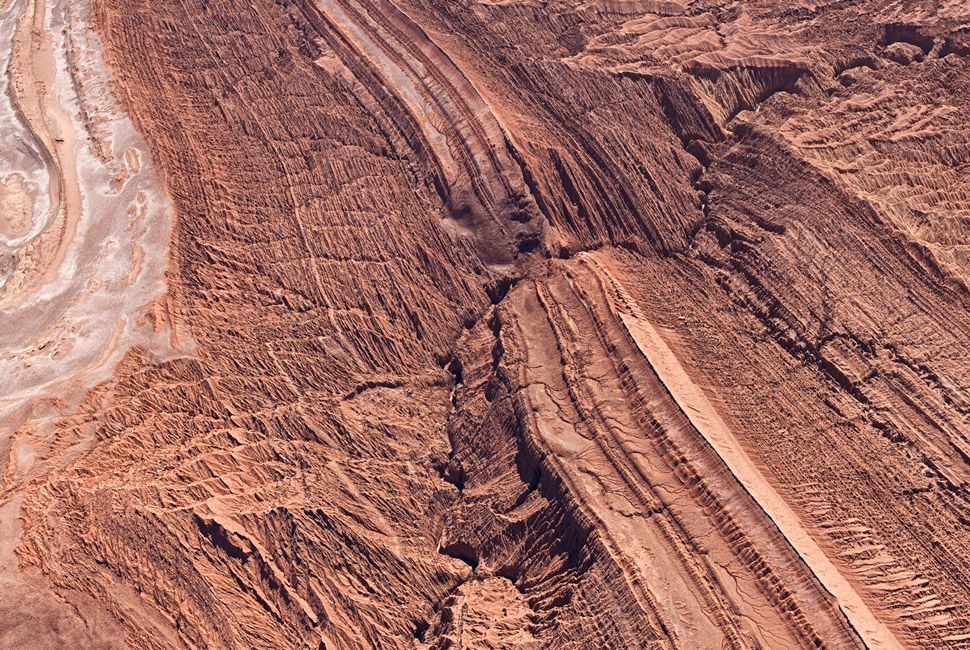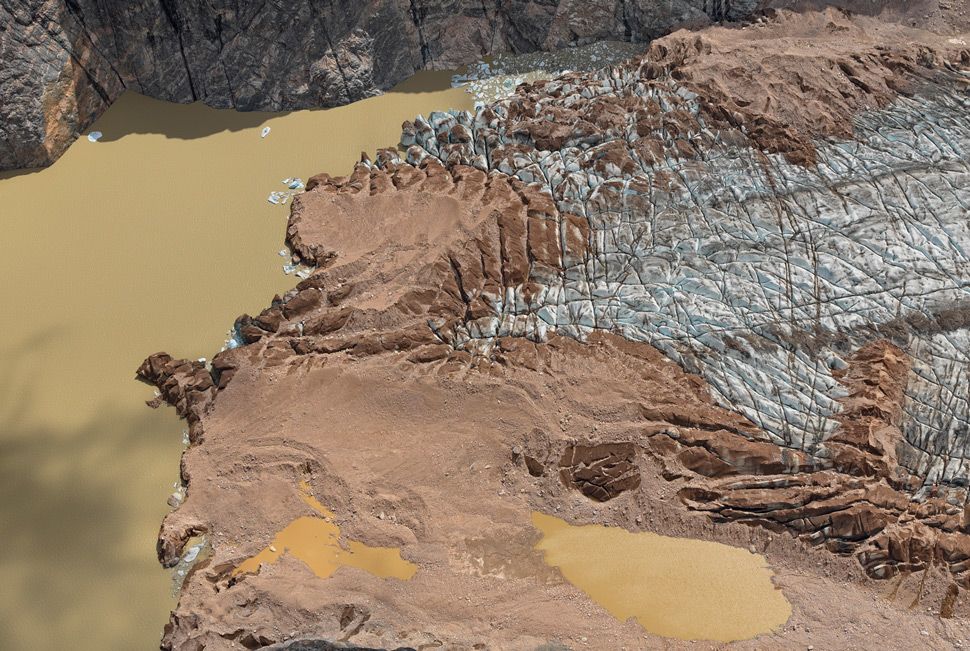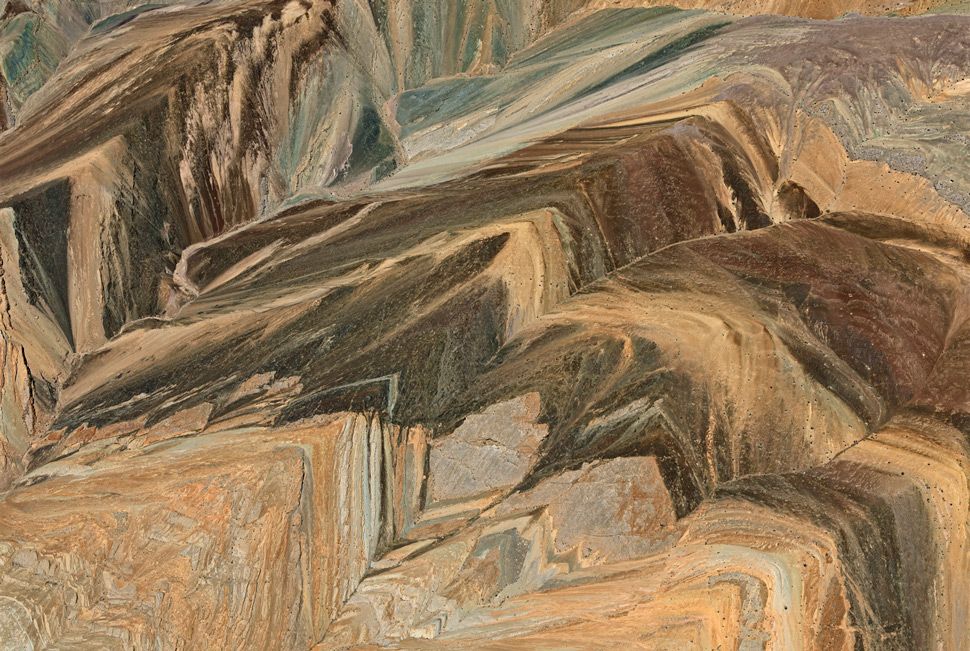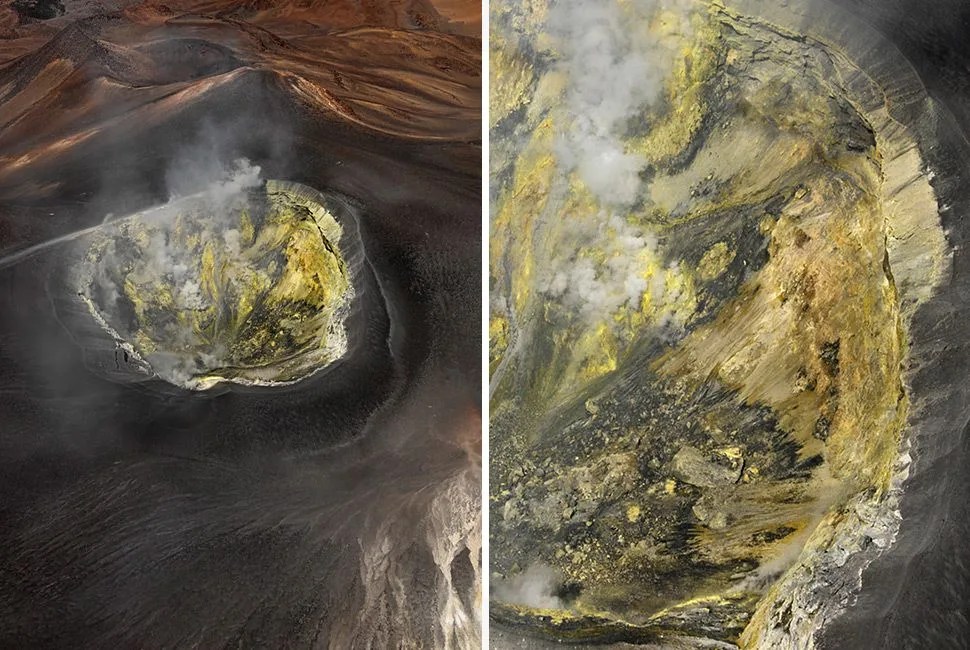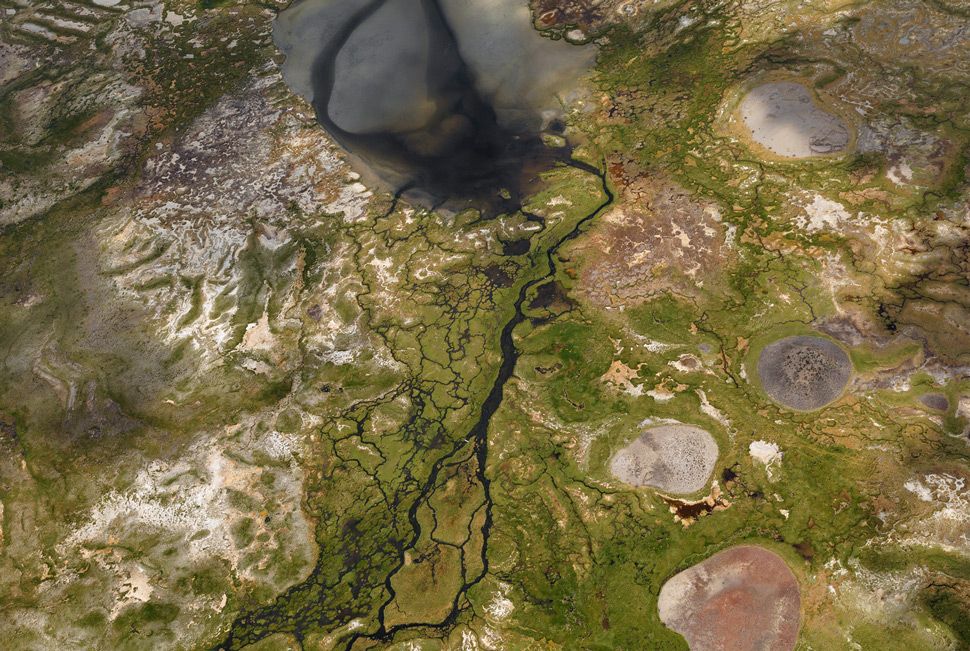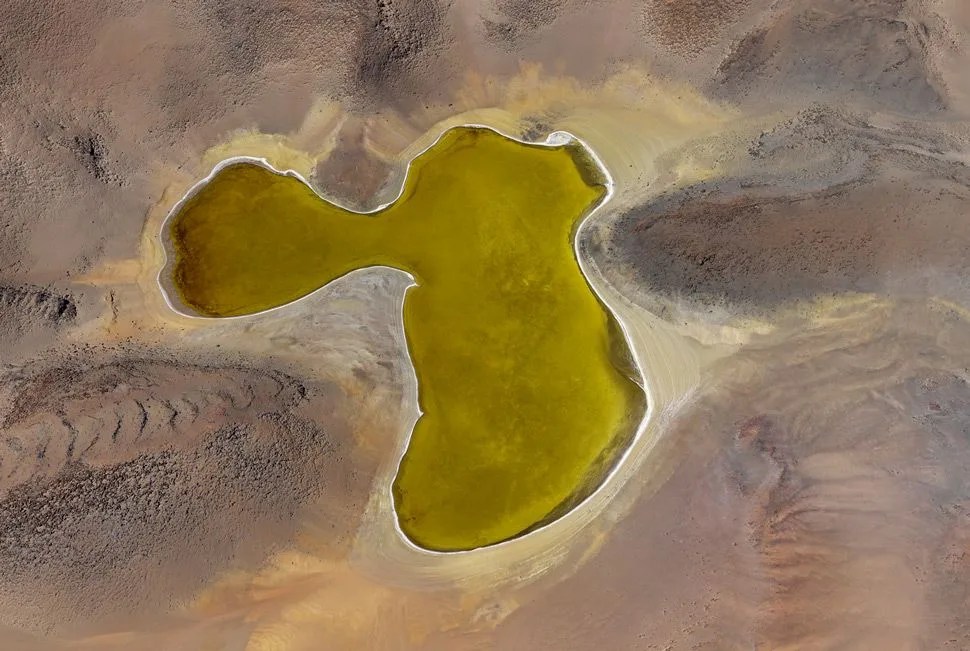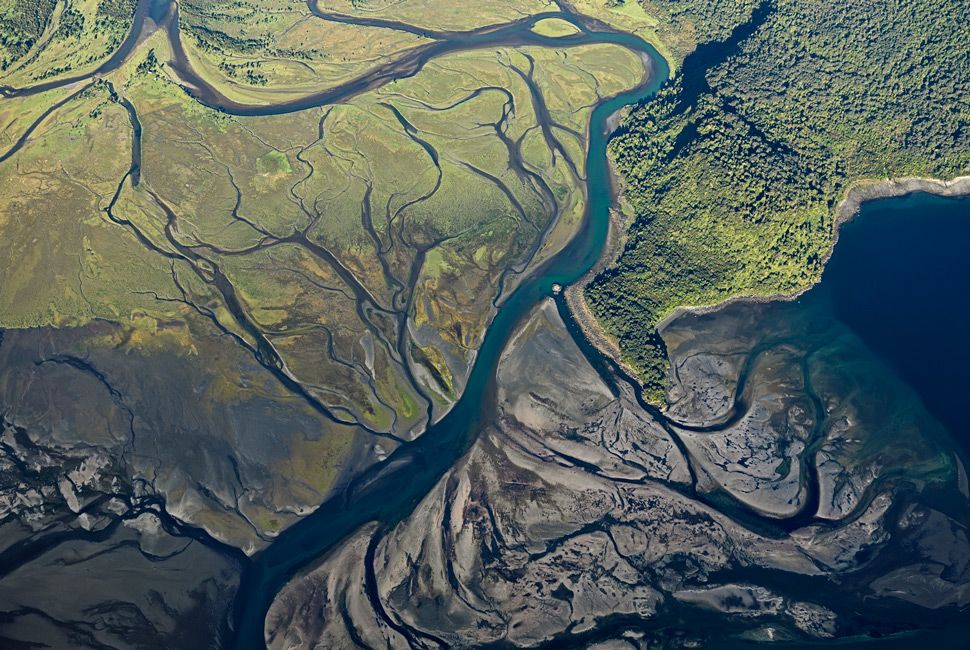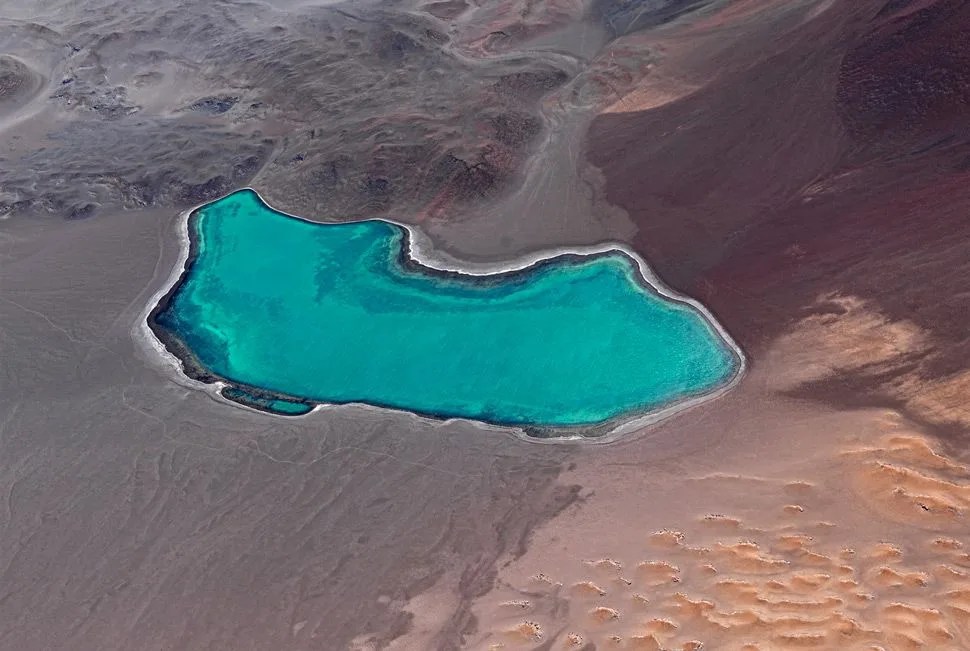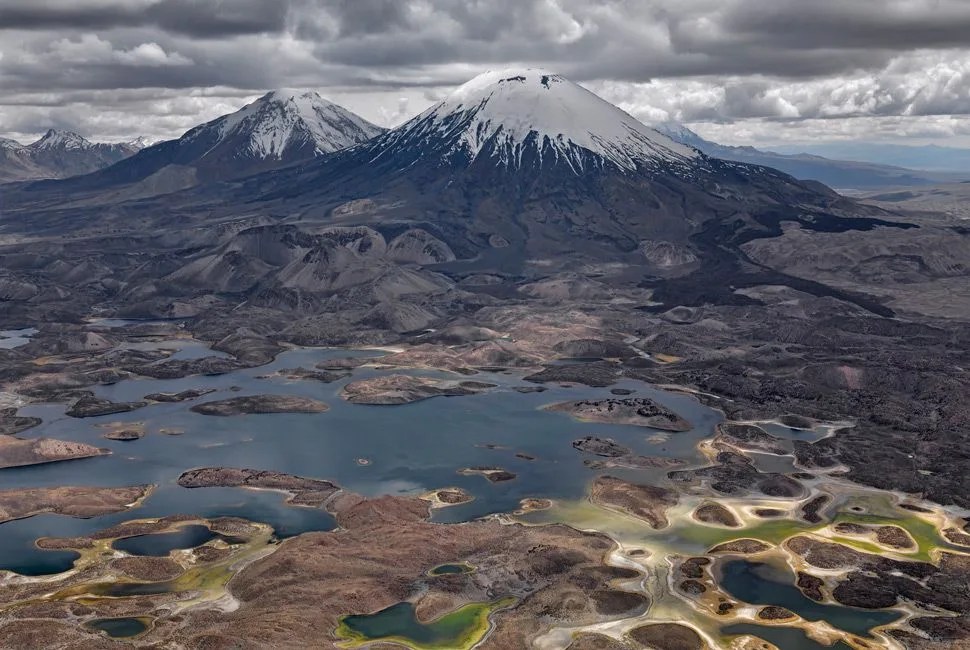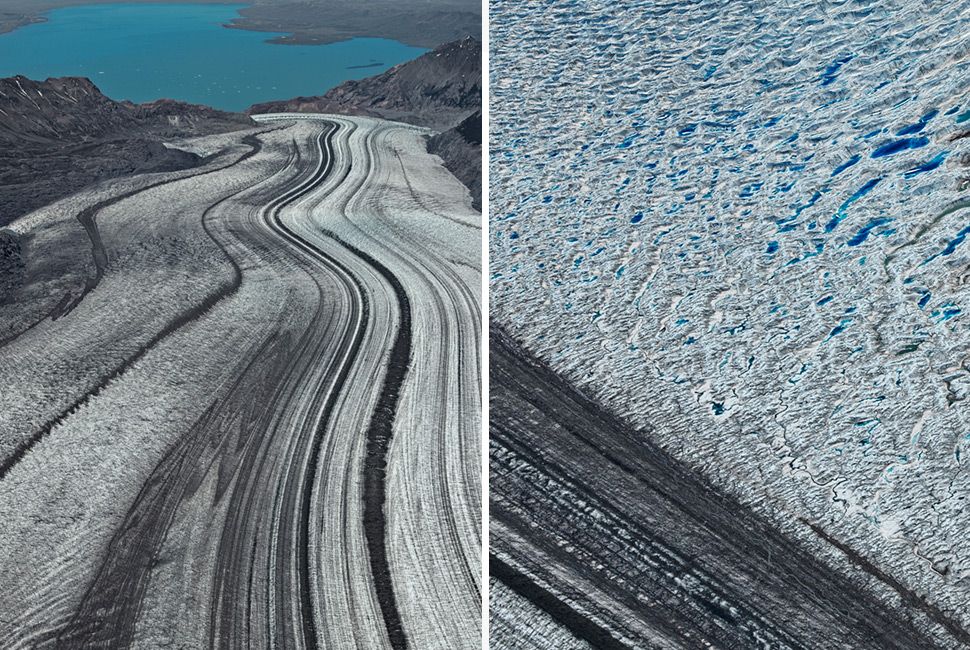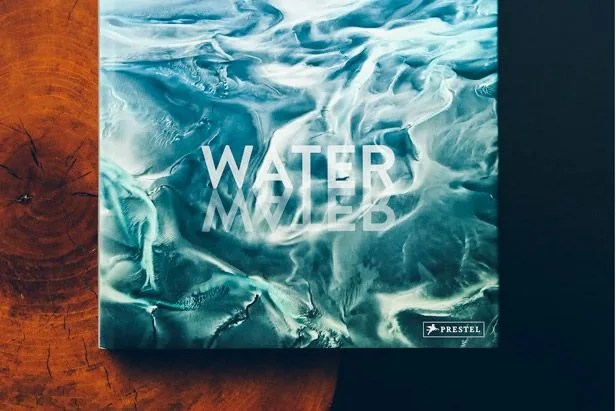The images above are from Bernhard Edmaier’s photography books, EarthArt: Colours of the Earth (2013) and Water (2015). They were taken with Hasselblad camera systems, including the H4D-50 and H4D-60 models.
For German-born aerial photographer Bernhard Edmaier, whose work finds him traveling to the farthest reaches of the Earth, much of the job involves waiting — often because of weather. “If the worst comes to the worst,” he says, “this can last up to 16 days, as happened to me in Alaska, or more than three weeks in Iceland. Aerial photographers have to be endlessly patient.”
But with patience comes reward, as is evident in Edmaier’s stunning oeuvre of landscape photography spanning the past two decades. His images — which can be seen in National Geographic, along with a number of award-winning photography books, including the Phaidon titles Earthsong and EarthArt: Colours of the Earth — detail the world’s most naturally dramatic vistas, found in Scandinavia, Russia, New Zealand and Chile, among other countries across the globe.
18 photos
First trained as a geologist, Edmaier found himself gradually seduced by the art of photography, along with the natural surroundings he so often occupied in his previous line of work. “Initially my photographs were intended as documents demonstrating geological processes,” he says. “But over the years there has been a development in the way I work and see things, which means that I now concentrate more on ’abstract’ imagery. I still see my photographic work as a combination of scientific observation and artistic impression.” In 2001, Hasselblad’s senior executive committee decorated Edmaier with the prestigious Hasselblad Masters Award.
His latest book, Water, published in September 2015, is the result of more than 10 years of photography that collectively portrays not only the sheer presence but vast effect of water on the Earth’s surface; the book is divided into four chapters, titled “Liquid, Solid, Gas,” “Destructive,” “Transporting” and “Constructive.” Many of the images that appear are photographs of Chile, where Edmaier, along with his partner Angelika Jung-Huettl, spent five weeks crossing the country.
His highlights from that trip are many. “I remember an extremely colorful mountain range in the north of Chile, close to the border of Bolivia,” he says. “The Cerros de Visviri offer an orgy of all shades of orange, created by chemical alteration of volcanic rocks through geothermal processes. Or those incredible blue ice streams in Patagonia.” He also remembers flying above Glaciar San Rafael when huge ice chunks were breaking off its front — the so-called calving process. Playing witness to this spectacle, he says, could only be described as “overwhelming.”


